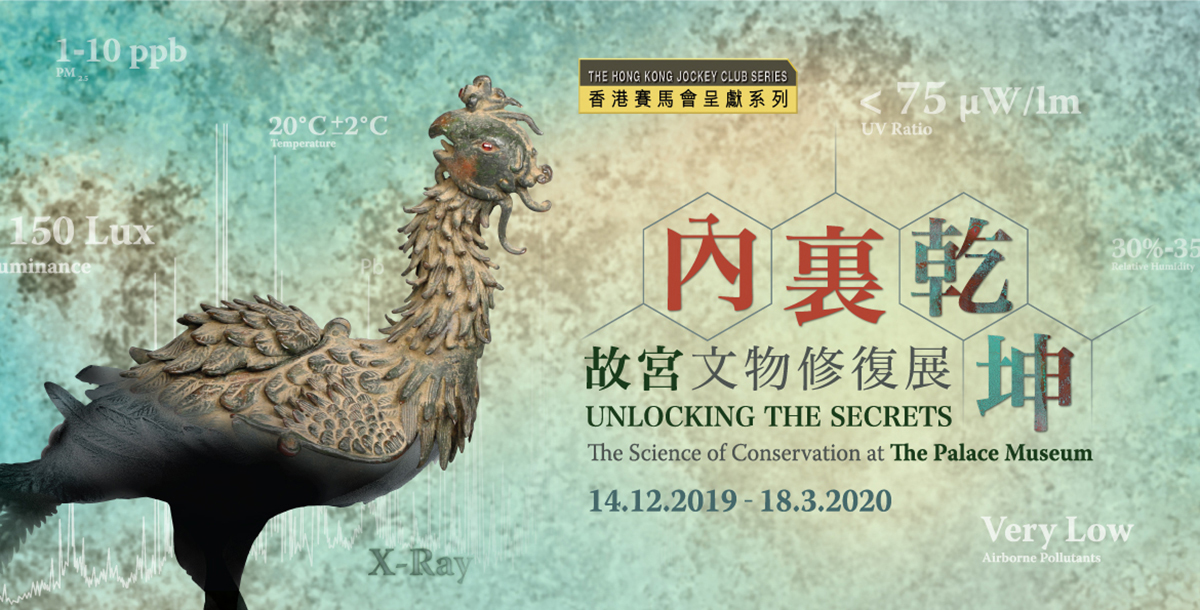Highlighted Exhibits
Exhibition Floor Plan

Conservation Laboratory
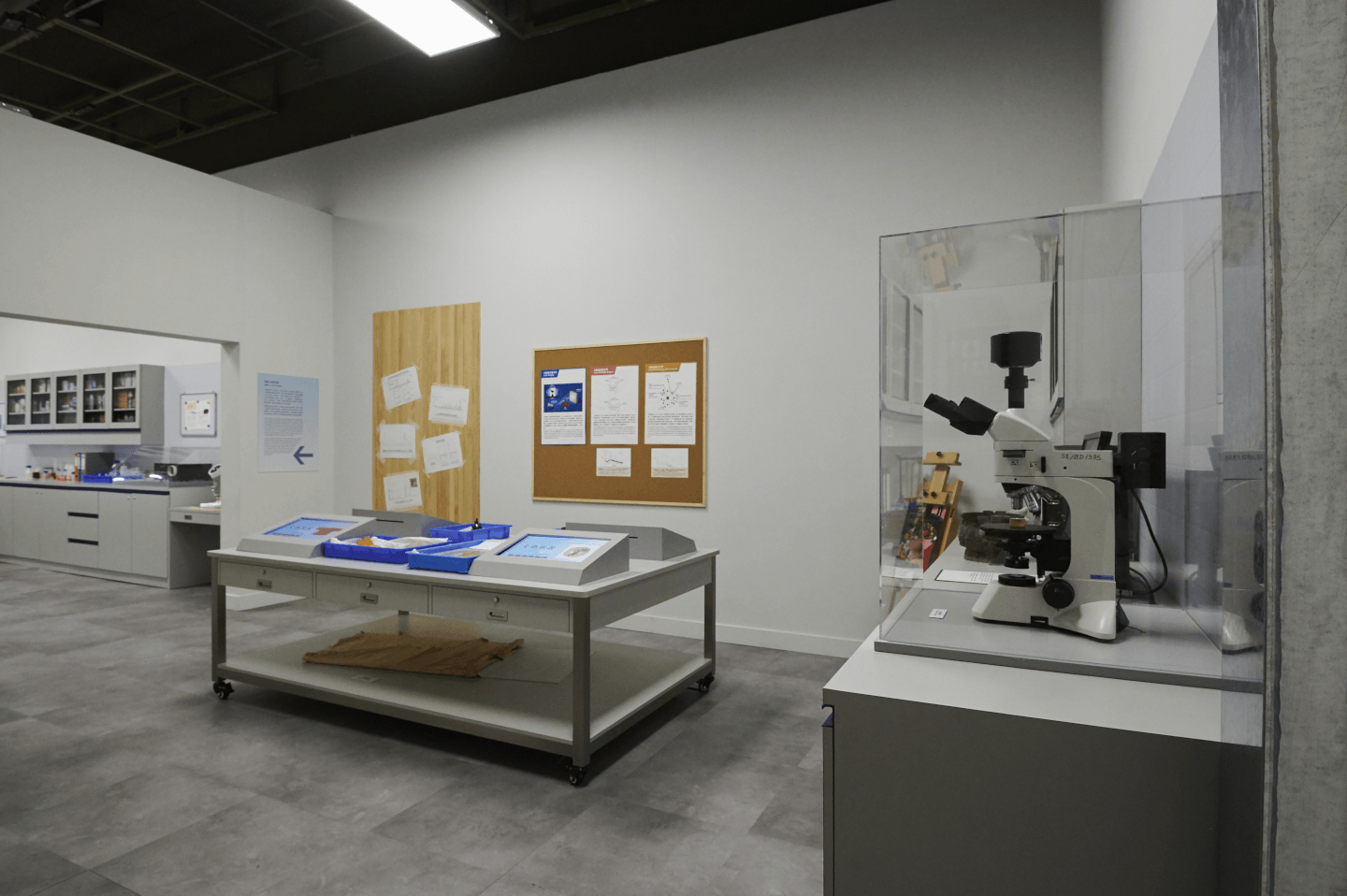
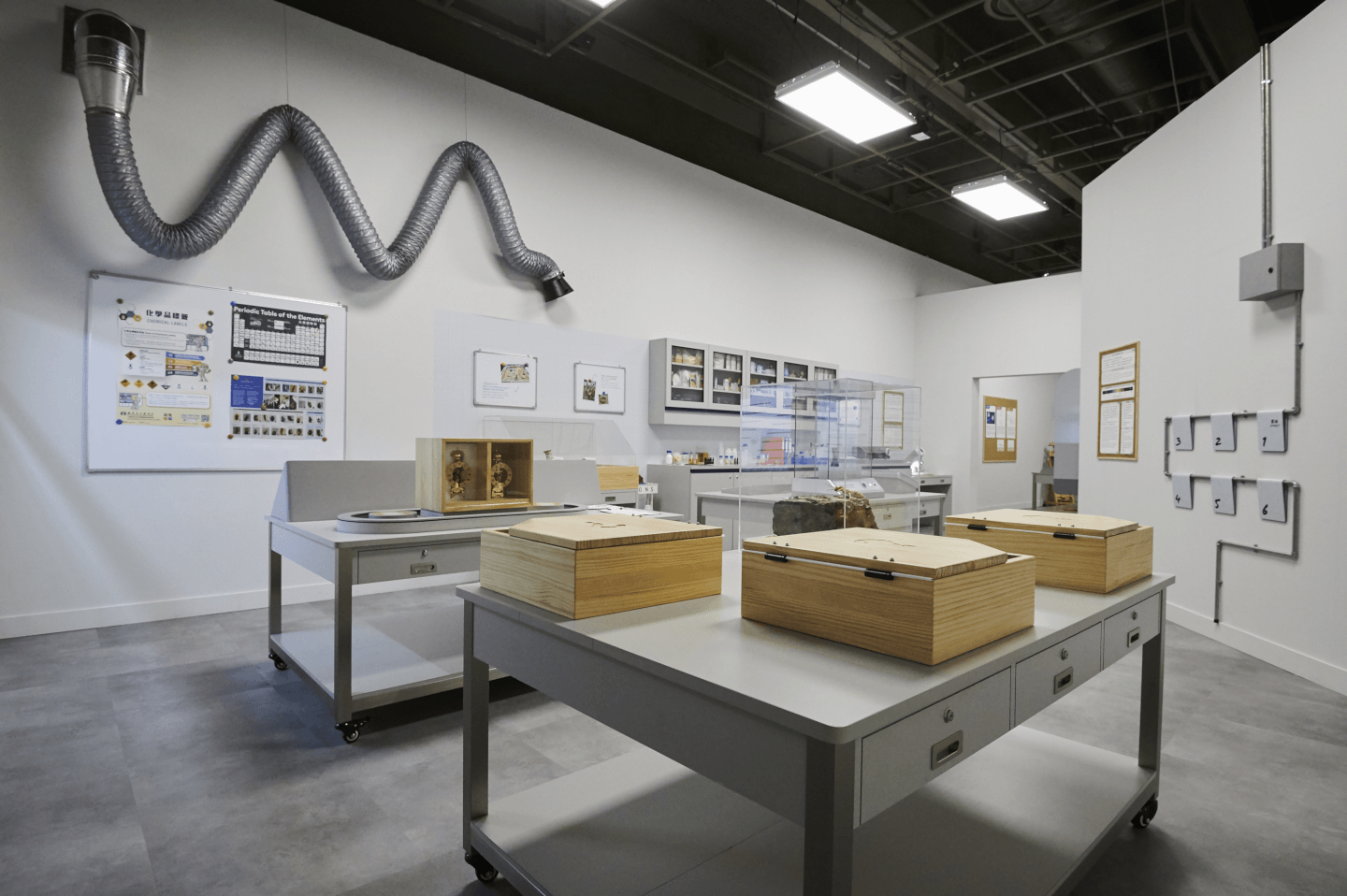
Conservation at The Palace Museum
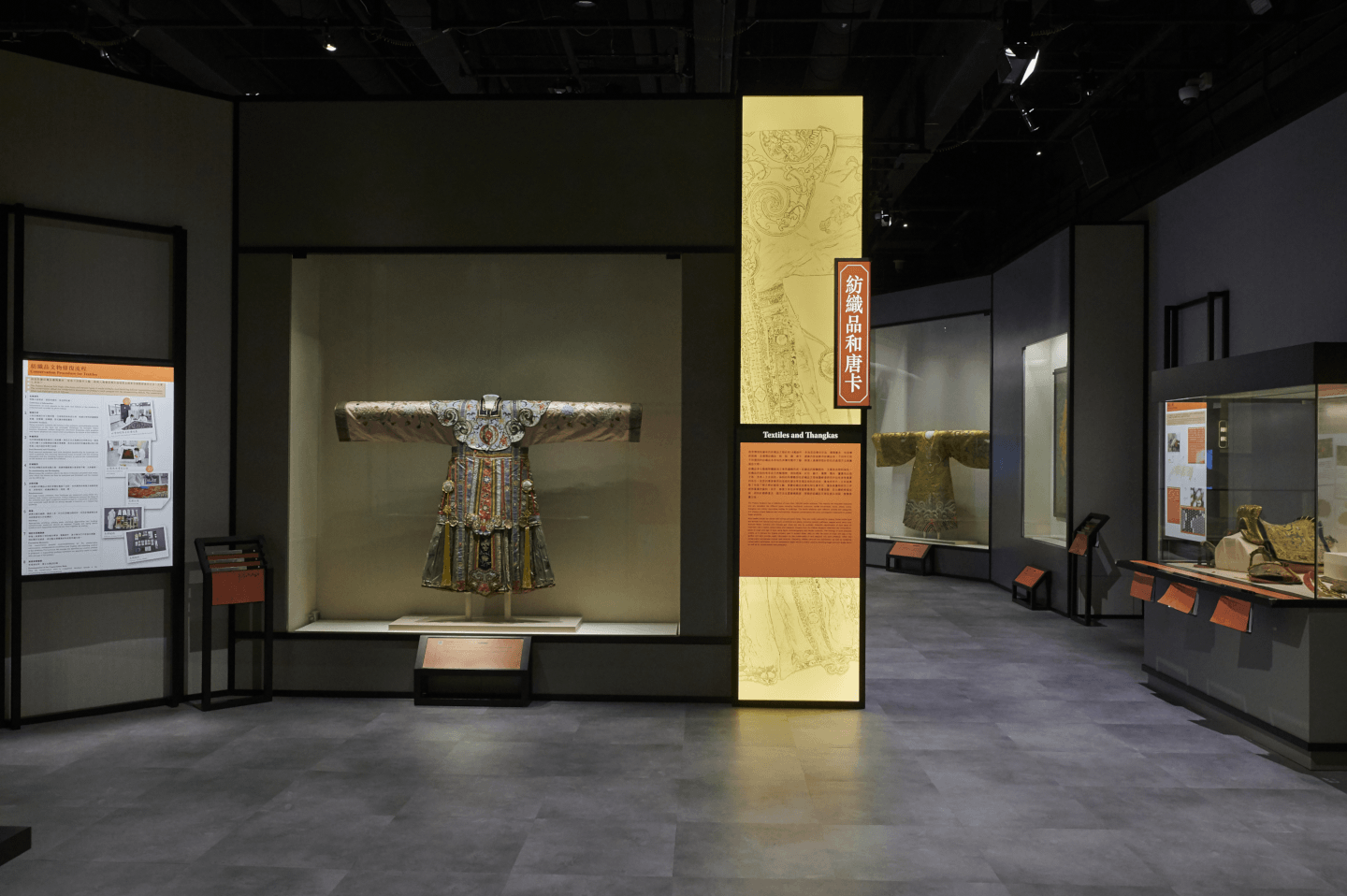
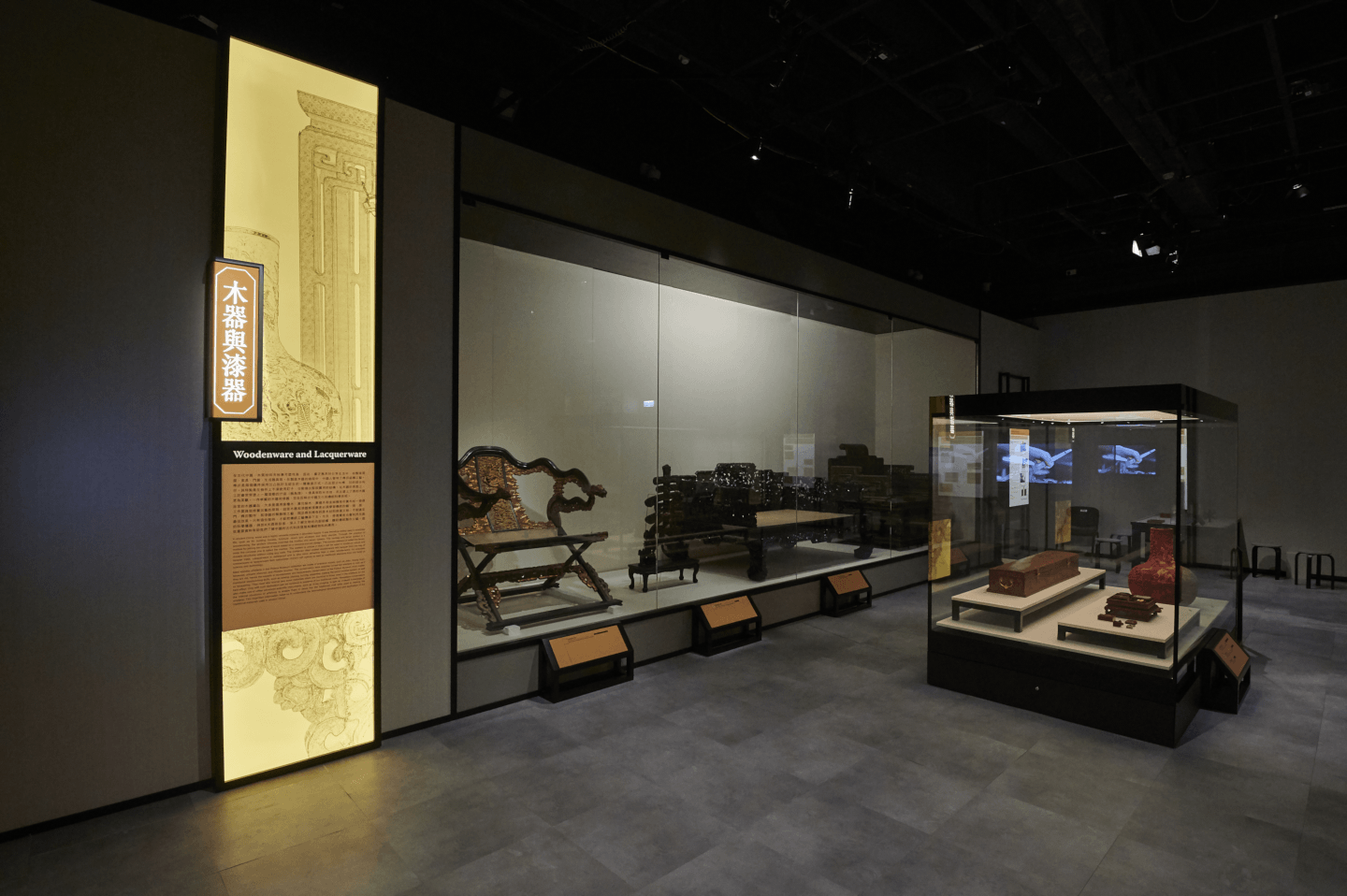
The Palace Museum’s Exhibits
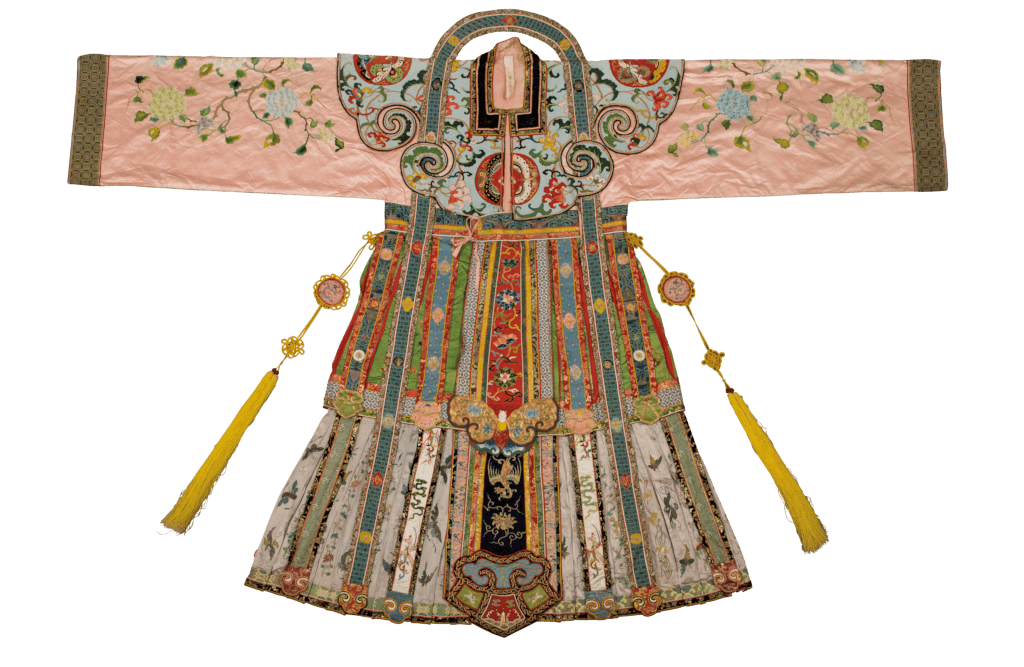
Pastel court robe with satin embroidery of floral sprays
This is a court costume. The conservation of textile artefacts usually first involves moisture regaining treatment as fibres saturated with water can be straightened out more easily. Wrinkles are then removed, and traditional needle-and-thread work is undertaken if reinforcement is required.
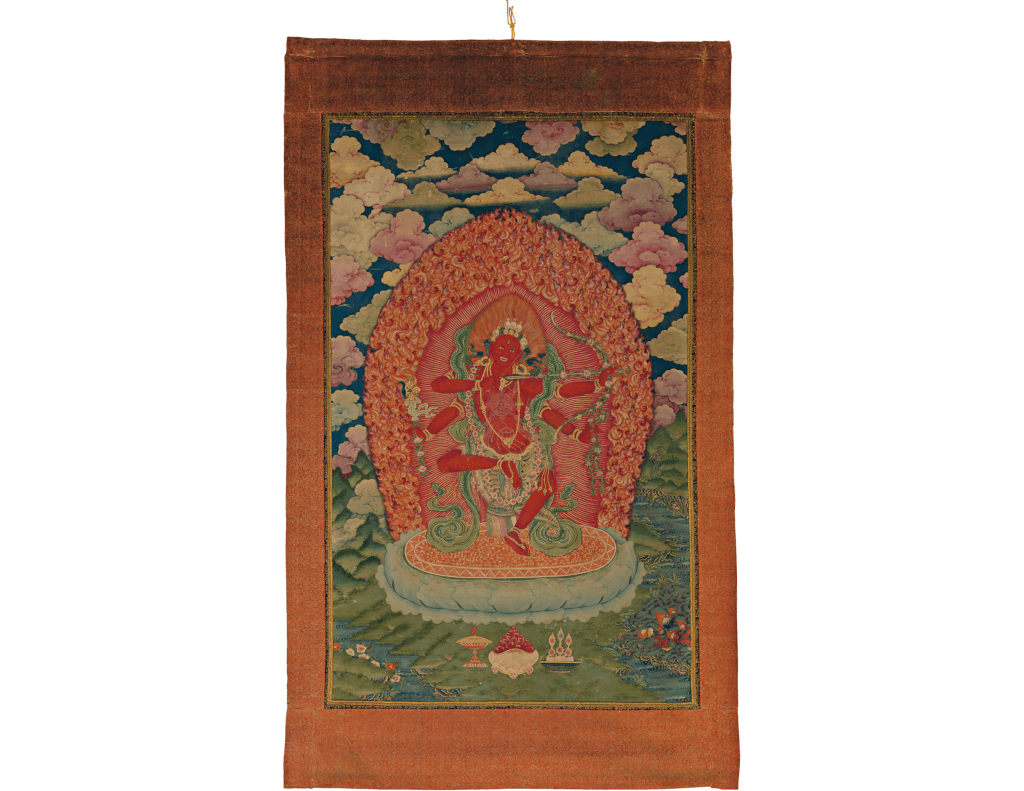
Kurukulle portrait thangka
As this thangka had been hung on the wall for a long time, both its painting and mount showed various defects. Conservators first used different types of scientific analytical equipment, such as XRF spectrometer, to analyse the paints and materials used in the thangka, then worked out a conservation plan based on the results.
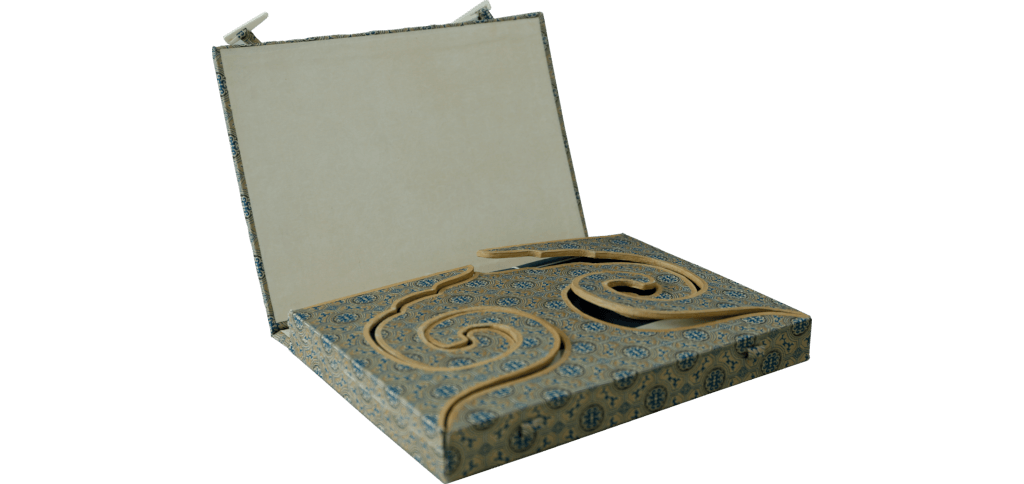
Storage box with ruyi cloud pattern for books
Packaging boxes were handcrafted using traditional techniques, and one of the most unique examples are storage boxes for books. This type of box, which is used to protect ancient books, has a long history in China. Production of these boxes involved the use of acid-free white glue to join acid-free cardboard together.
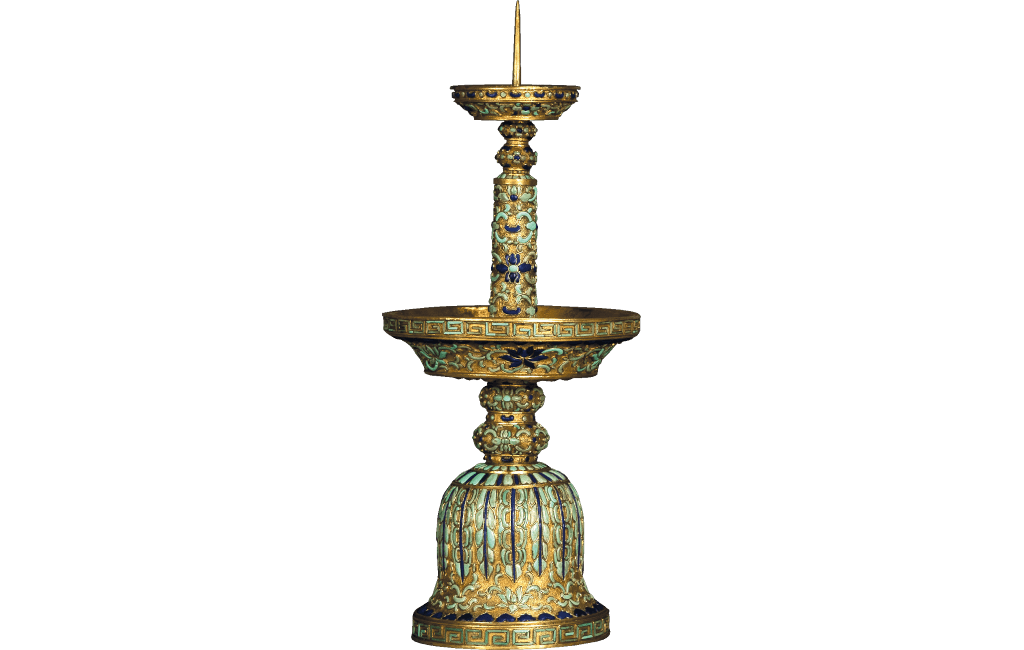
Stone-inlaid gilt bronze candle holder
This is a candle holder from the Qing dynasty for holding a candle offered to Buddha. The conservators first cleaned the artefact and then glued the fallen insets back onto it with traditional Chinese wax glue. Then they remade and reaffixed the missing insets with reference to the original design and colours. In the final conservation step, the whole piece was reinforced.
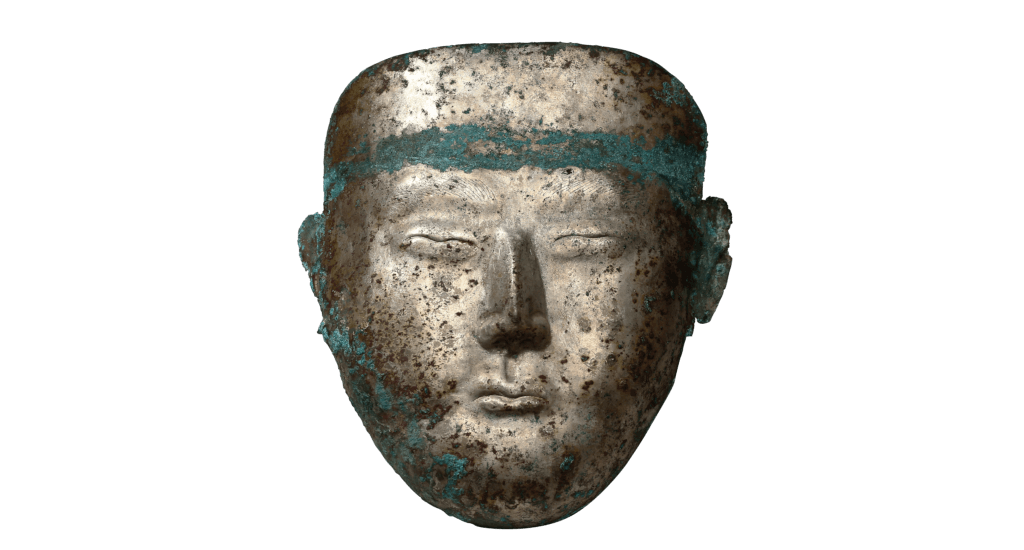
Metal mask
This alloy mask is believed to be from grave goods dating back to the Liao dynasty. Conservators recreated the missing parts using 3D printing, and the whole mask was reinforced on the back using epoxy and acid-free cotton paper laid on a layer of removable solution.
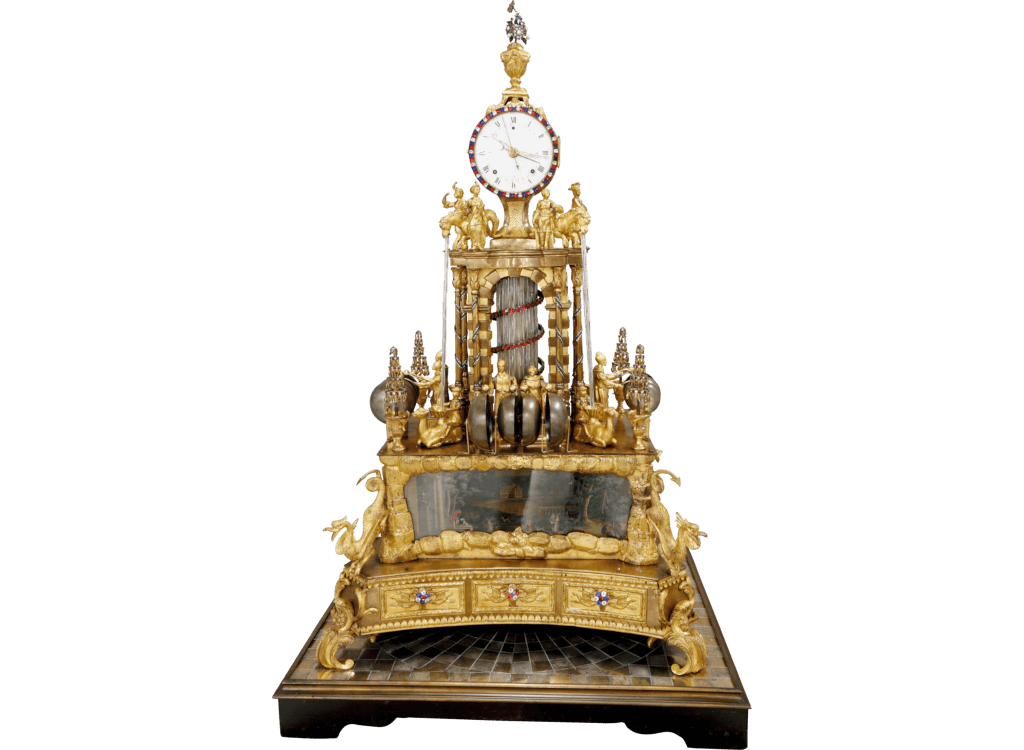
Gilt bronze chiming clock with water automaton and musicians on three sides
Mechanical clocks made in the United Kingdom have complex structures. To conserve this clock, all of the parts first had to be disassembled, recorded, cleaned, reassembled and tested. Once reactivated after winding, the movements of the conserved clock give its viewer a dazzling experience.
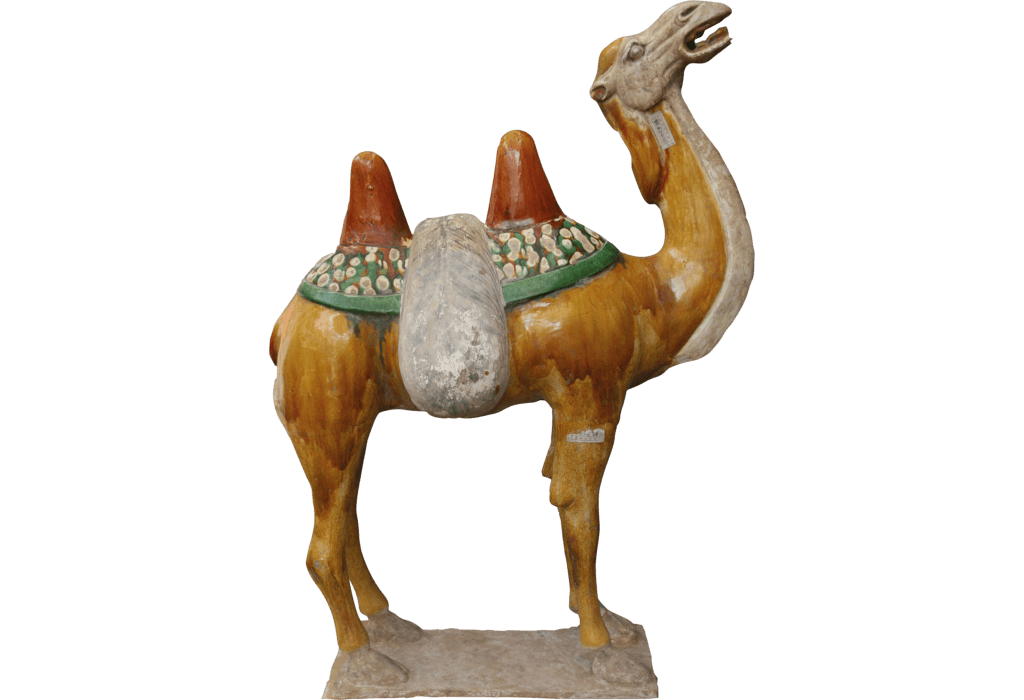
Pottery figure of a camel in tri-colour glaze
This is an elaborately created tri-colour pottery camel. One of the key issues in the conservation of this camel was how to attach the heavier neck to the hollow trunk given the small contact surface. To solve this, conservators installed customised supporting plates in the torso to provide extra support.

Hand-painted copy of the “Underwater Dragon Palace”
A variety of techniques were used to create this replica. The painting was replicated by hand, the reversed Avatamsaka (Flower Ornament) Sutra on the facing page was recreated using digital printing, and the seal marks were imprinted using 3D printed seals.
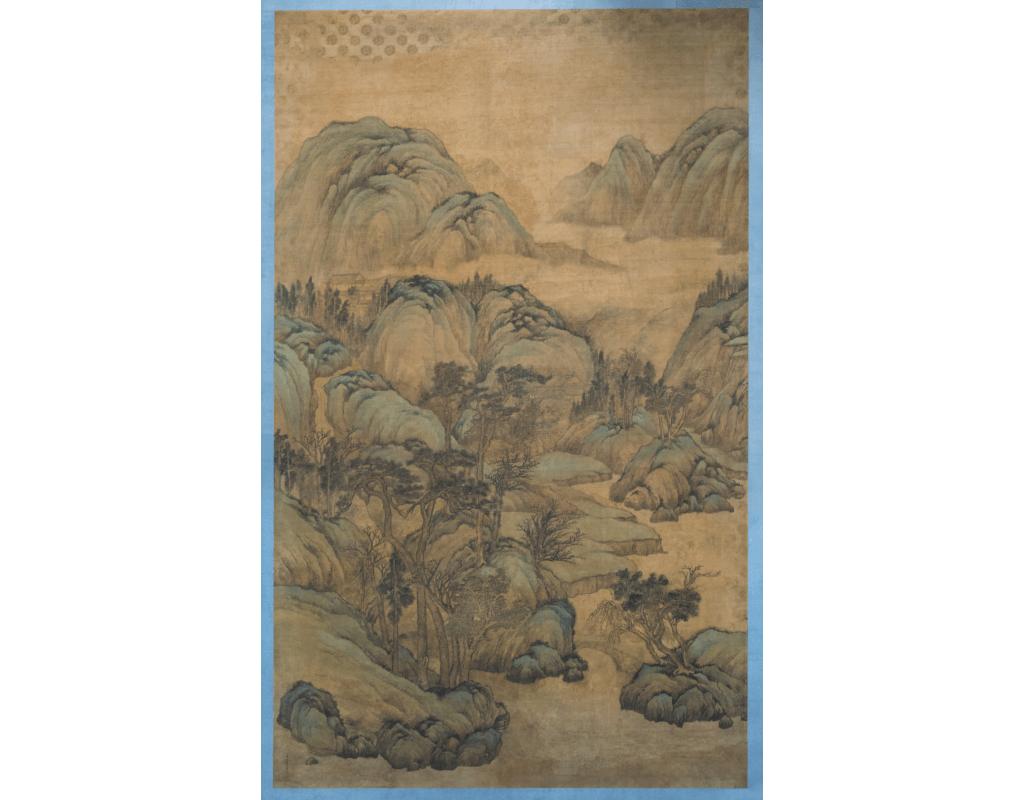
Landscape wall painting by Jiang Maode
This large wall painting once hung in Fuwang Hall. Cracks formed when it was stored in a roll for an extended period. To conserve the painting, conservators took transmitted light photos to examine the creases. The conservation of this painting was difficult as a substantial number of fragments had come off.
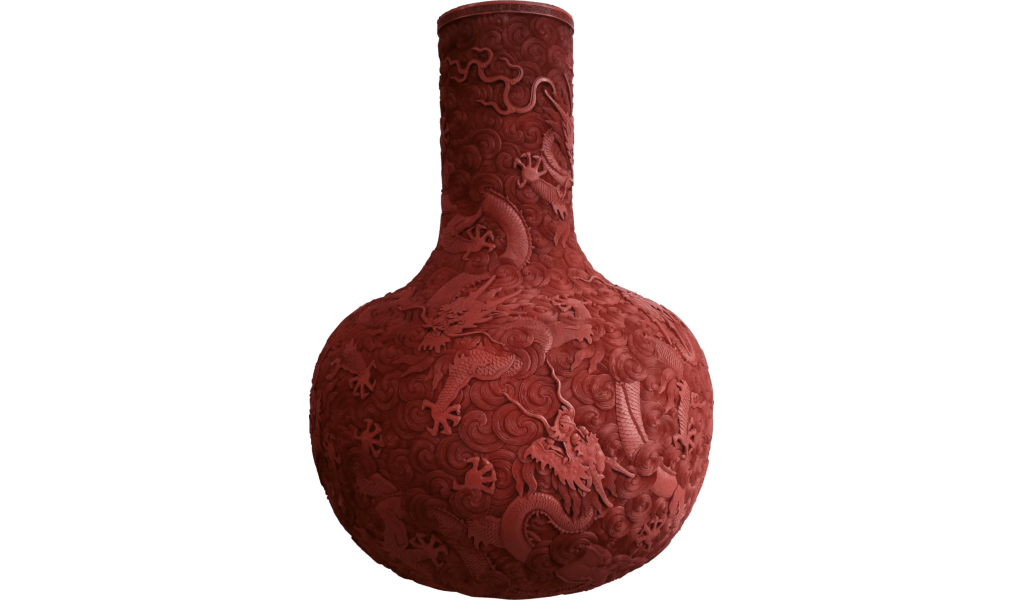
Carved red lacquer globular vase carved with a cloud and long design
This globular vase made using the carved lacquer technique is coated with an estimated 70 layers of lacquer or more. On close inspection, the lacquer layers on the bottom of the vase had come off, and the round base was cracked. Conservators had to achieve a uniform coating thickness by applying scores of layers to the missing areas of lacquer using traditional techniques before the remaining treatment processes could be carried out.
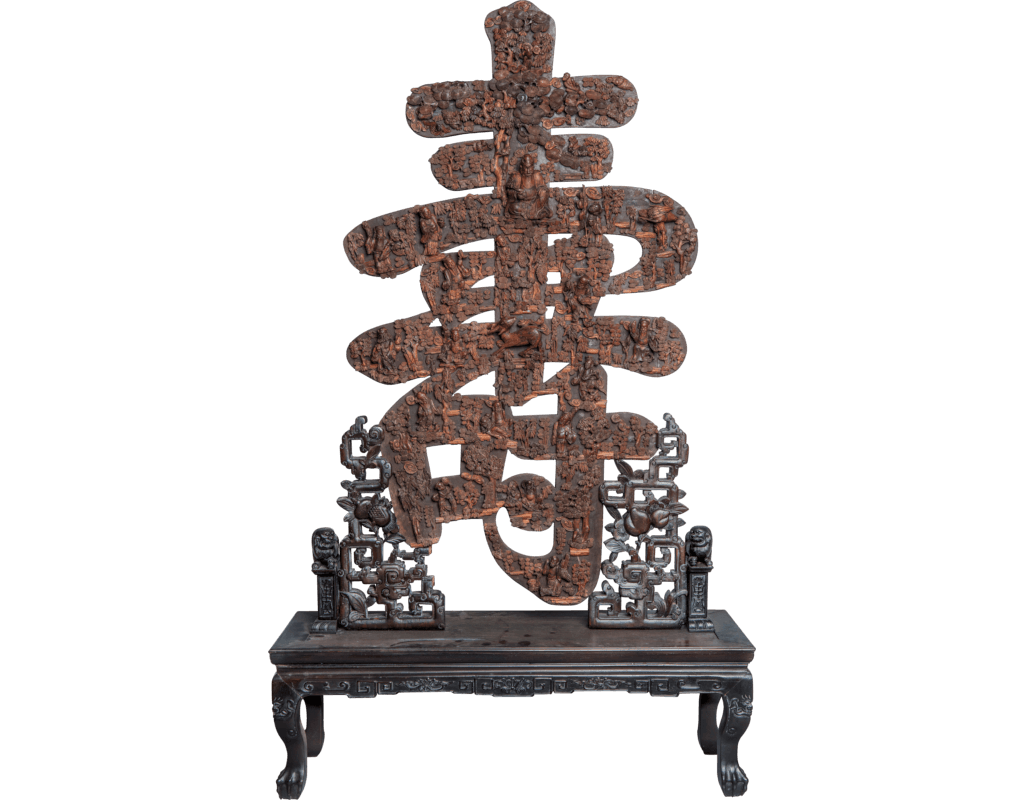
© The Palace Museum
Table screen in the shape of a “shou” character flanked by Arhats
A table screen made with the wood of the Phoebe zhennan tree. This table screen was severely deformed. X-ray analysis of its internal structure showed that it is supported by ten horizontal and two vertical metal rods. Based on the information collected, conservators then worked out a plan to reshape and restore the table screen.
Conservation in Hong Kong
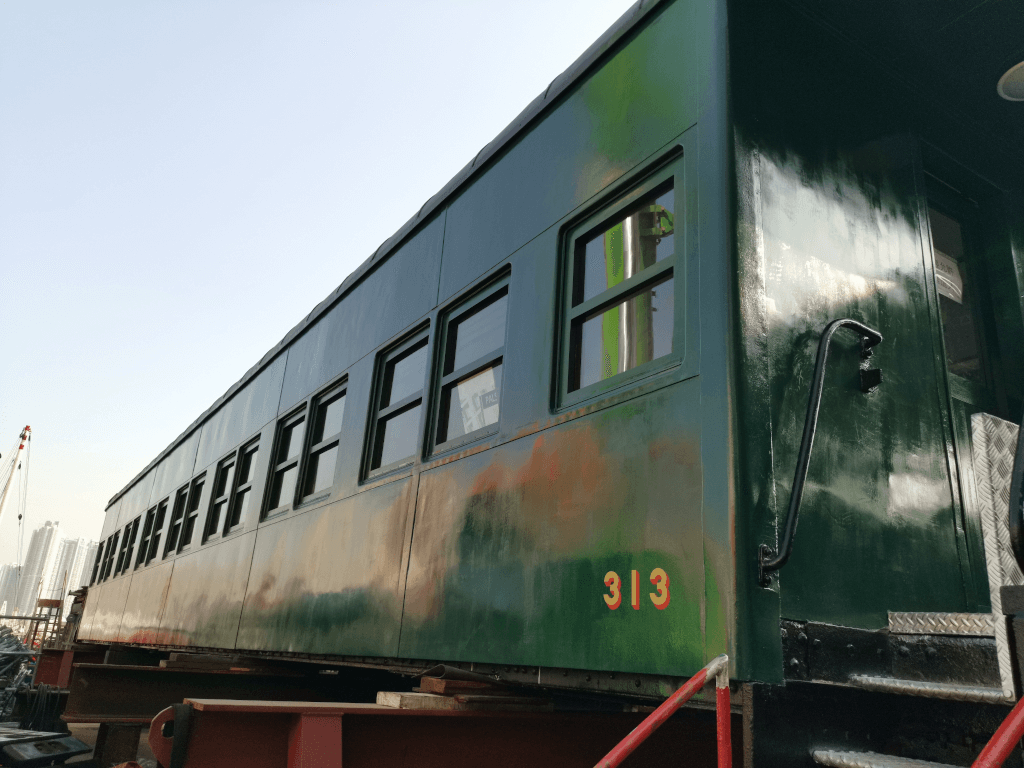
Conservation of the No. 313 train coach
With a history dating back nearly 100 years, the No. 313 train coach had been left exposed outdoors for a long time, resulting in the development of rust, peeling paint and structural damage. This train coach replica reveals the difficulties that lie in the conservation of large-scale artefacts.

Photo provided by Hong Kong Museum of Art
Conservation of the China trade painting “The Emperor Holding Court in the Imperial Winter Palace, Peking”
This is an 18th century China trade painting, and its surface varnish had yellowed. Before restoration, conservators used infrared (IR) and ultraviolet fluorescence (UVF) imaging to distinguish between the original and old restorations. Based on this a conservation plan was formulated. UVF imaging can also help with monitoring the varnish removal process.
